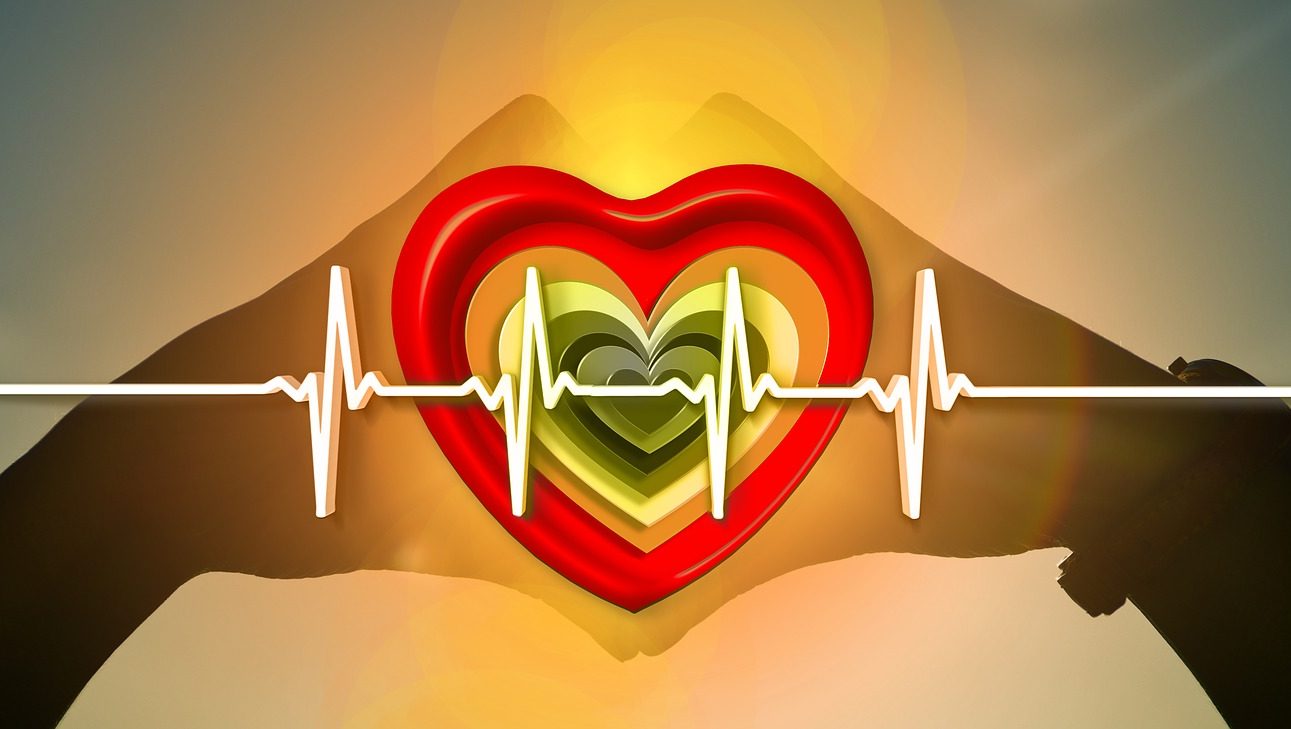At your last visit to the doctor, you were probably bombarded with a slew of numbers regarding your health. Do you know what those numbers mean? How do your numbers compare with the ideal range? It is important for your health to understand.
- LDL cholesterol
LDL stands for low-density lipoprotein. It’s a particle in your blood made of lipids (fats) and proteins that carry fats through your bloodstream. This is the ‘bad’ or ‘lousy’ cholesterol. You want to keep this number down:
- Normal: Below 100 mg/dL.
- Near optimal: 100 – 129 mg/dL.
- Borderline high: 130 – 159 mg/dL.
- High: 160 – 189 mg/dL.
- Very high: 190 mg/dL or higher.
- Body mass index (BMI)
Body mass index (BMI) is a measure of body fat based on height and weight that applies to adult men and women. It is an inexpensive tool for approximating bodyfat percentage to screen for obesity. View the BMI tables or use the tool to calculate yours.
| BMI | Weight Status |
| Below 18.5 | Underweight |
| 18.5 – 24.9 | Healthy Weight |
| 25.0 – 29.9 | Overweight |
| 30.0 and Above | Obese |
- Waist circumference
Changes in Waist Circumference over time can indicate an increase or decrease in abdominal fat. Increased abdominal fat is associated with an increased risk of heart disease.
To determine your Waist Circumference, locate the upper hip bone and place a measuring tape around the abdomen (ensuring that the tape measure is horizontal). The tape measure should be snug but should not cause compressions on the skin.
For men, a waist circumference below 94cm (37in) is ‘low risk’, 94–102cm (37-40in) is ‘high risk’ and more than 102cm (40in) is ‘very high’. For women, below 80cm (31.5in) is low risk, 80–88cm (31.5-34.6in) is high risk and more than 88cm (34.6in) is very high.
- Waist-to-hip ratio (WHR)
WHR is calculated by dividing your waist circumference by your hip circumference. To measure your waist circumference, place a non-stretchable tape measure snugly around your bare waist at its narrowest circumference between the rib cage and belly button, but don’t squeeze. Exhale, and then measure your waist. Use the tool to calculate WHR.
Abdominal obesity is defined as a waist-hip ratio above 0.90 for males and above 0.85 for females
- Triglycerides
Triglycerides are the main constituents of body fat in humans. Your body converts the extra calories into triglycerides and stores them in fat cells for later.
The guidelines for triglyceride levels for adults are:
- Normal level: less than 150 mg/dL
- Borderline high level: 150 mg/dL–199 mg/dL
- High level: 200 mg/dL–499 mg/dL
- Very high level: 500 mg/dL and above
- Blood pressure
Blood pressure is the pressure of circulating blood against the walls of blood vessels as the heart pumps blood through the circulatory system. It is usually expressed in terms of the ratio of the systolic pressure over diastolic pressure in the cardiac cycle.
The systolic pressure (the top number) is the pressure when your heart is squeezing:
- Normal: Below 120
- Elevated: 120-129
- Stage 1 high blood pressure (Also called hypertension): 130-139
- Stage 2 hypertension: 140 or more
- Hypertensive crisis: 180 or more. Call 911.
The diastolic pressure is your heart between beats:
- Normal: Lower than 80
- Stage 1 hypertension: 80-89
- Stage 2 hypertension: 90 or more
- Hypertensive crisis: 120 or more. Call 911.
- Fasting glucose
A simple blood test screening for Diabetes is the A1C test which measures your average blood sugar level over the past 2 or 3 months.
An A1C result below 5.7% is normal, between 5.7 and 6.4% indicates you have prediabetes, and 6.5% or higher indicates you have diabetes.
Pay attention, understand and monitor your numbers and ask your doctor how to improve any that are out of the normal range.

